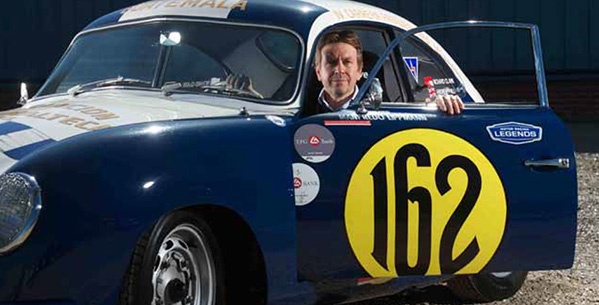Porsche can never be accused of not trying new ideas. Over the years, it’s made several attempts at producing cars it genuinely believed were replacements for its formidably successful 911. Alas, Porsche’s customers had other ideas, and the air-cooled 911 clung on right up until 1999, when it finally bowed to the inevitable and was replaced by the water-cooled 996. Suffice to say, the 911 continues to thrive to this day, alongside the entry-level Boxster and Cayman and the luxury Grand-Touring Panamera, the latter of which has its roots in the economic turmoil of the mid-1970s. And that’s where the story of these front-engined felines originated.
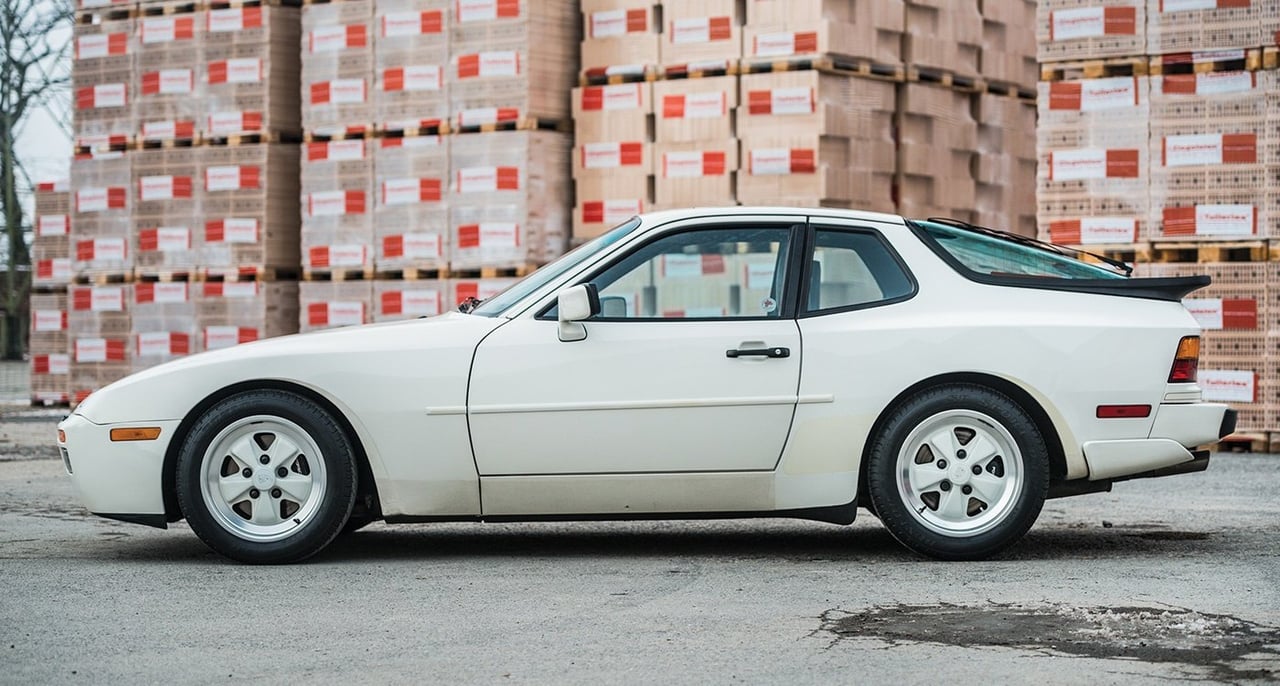
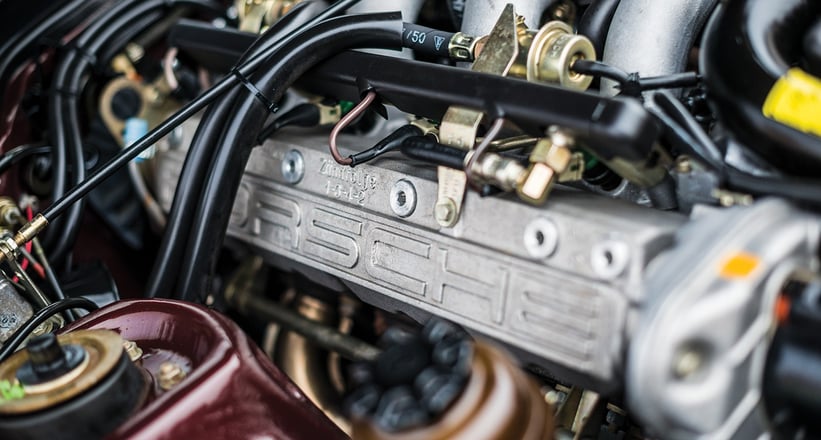
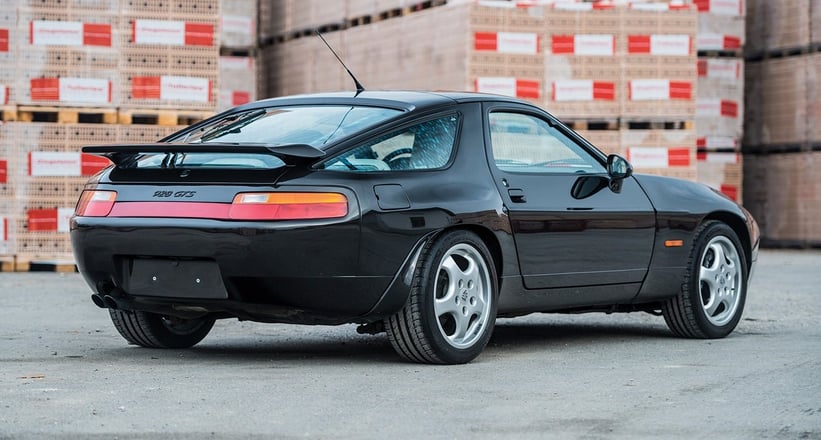
With the 924 in 1976, Porsche introduced the first of four distinct models that would become known as the transaxle cars, so called after their front-mounted engines and rear-mounted integrated gearbox and differential. As you’d expect from the wizards in Stuttgart, they were incredibly well designed, well specified, and having arisen from a joint development programme with Volkswagen, were originally powered by a modified version of Audi’s 2.0-litre fuel-injected engine.
Initial sales were steady, and various initiatives were imposed on dealers across the company’s network to improve the figures. But rather than competing directly with the 911, as Porsche had intended, the transaxle cars garnered a loyal following of their own and were seen as very stylish, well-equipped alternatives to their competitors from various brands.
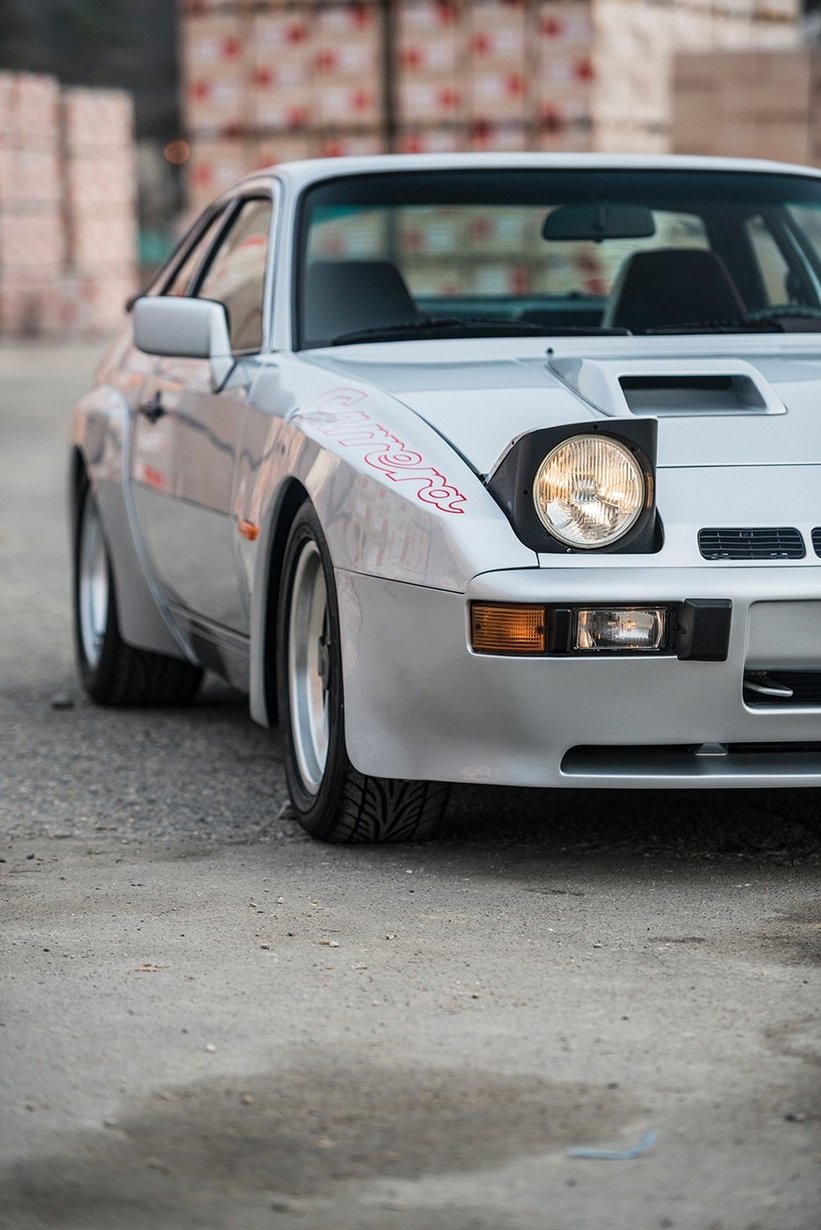
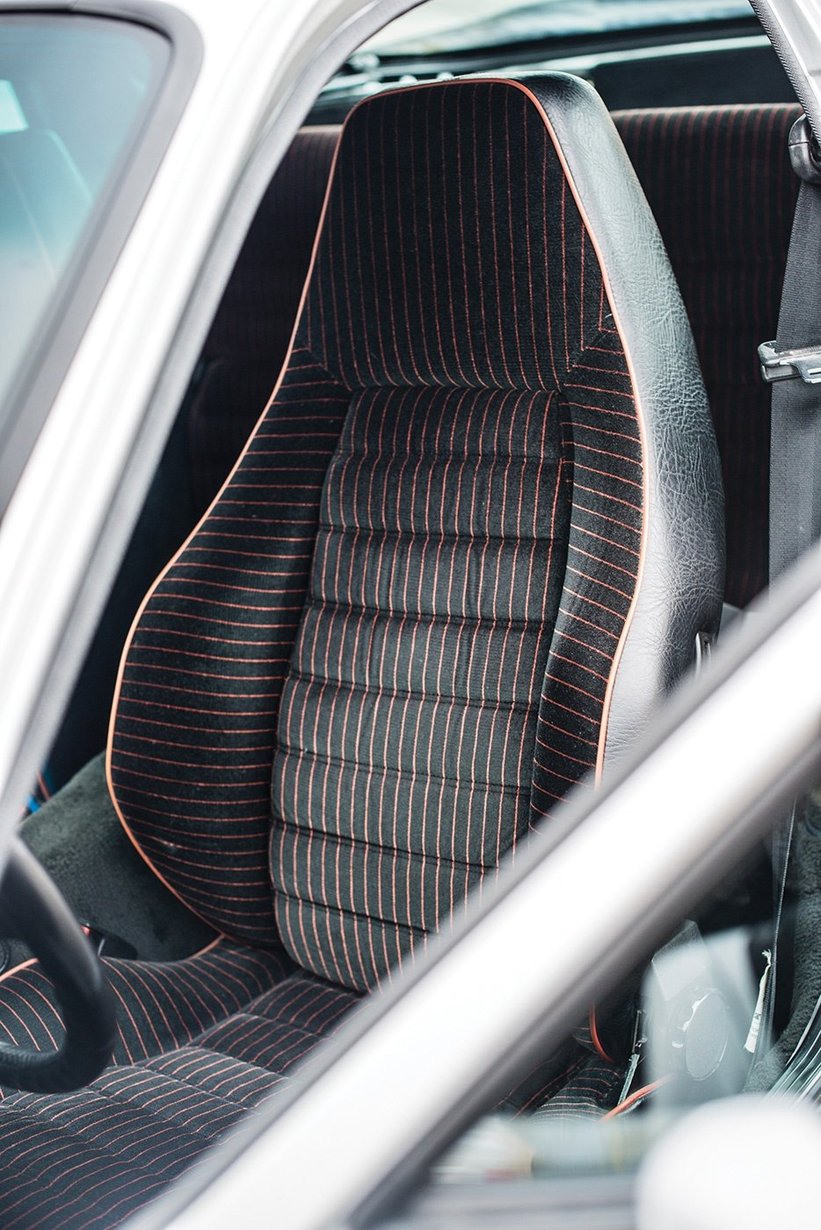
It wasn’t long before a Turbo version was introduced, feeding off the knowledge learned from the purpose-built GTR racing and rally variants. A small number of limited-edition models were also created, the most exotic and desirable of which were the Carrera GT and GTS. Production of the 924 ran alongside the 944, introduced in 1982, and received a 2.5-litre Porsche engine in 1986, which it utilised until production ceased in 1988.
While all this was going on, Porsche decided there was a gap in its range for a more luxurious model, and in 1978, it introduced the sultry 928. This futuristic, spaceship-like car hid a rorty V8 engine beneath its long nose and soon became particularly popular with buyers looking for an alternative to such cars as the BMW CSL and Mercedes SEC. Porsche wholeheartedly believed that the 928 was the heir to the 911’s throne, but its extraordinarily high list price (28,000 US dollars) and drastic break from what the purists believed was tradition sadly meant it wasn’t to be.
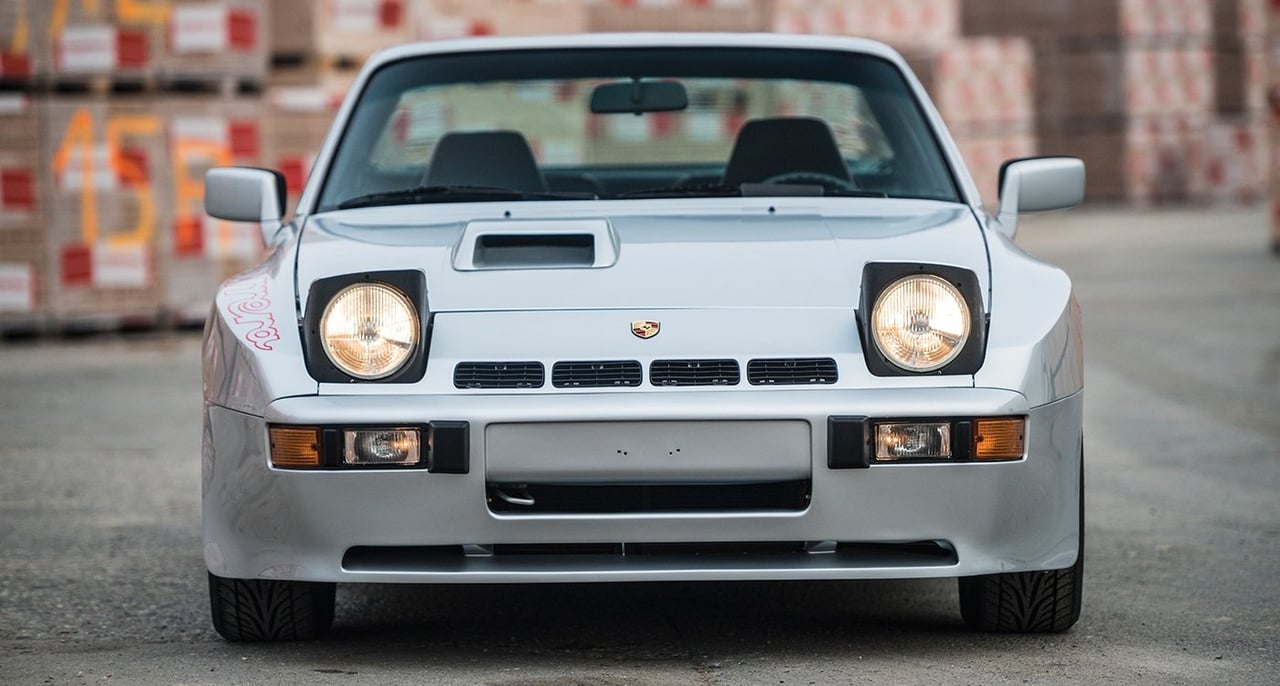
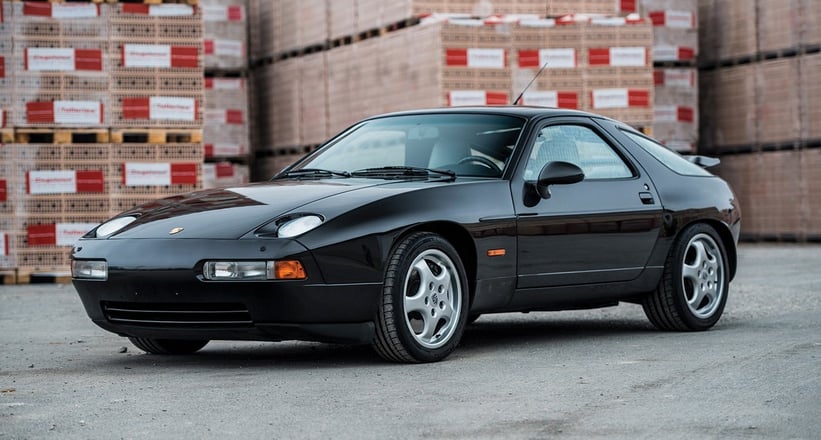
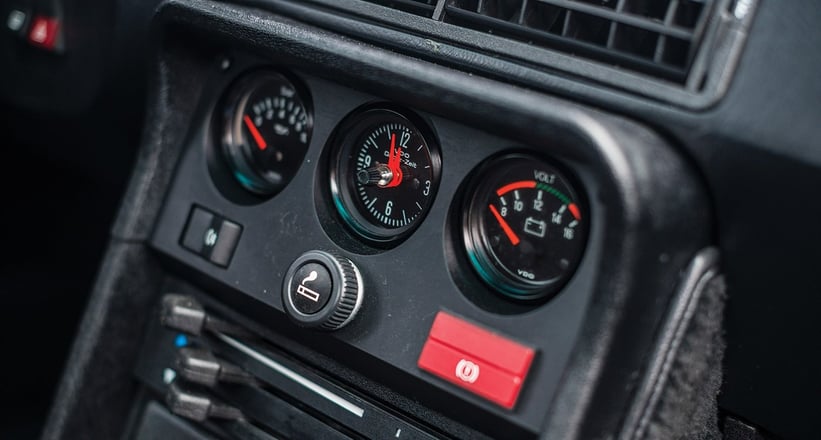
Twenty-sixteen marked the 40th anniversary of the 924, and this year the 928 celebrates the same feat. Naturally, there will be a raft of commemorative events that are sure to entice both current and new owners. And future anniversaries for the 944 and 968 will, no doubt, spark more interest. While the 968 was arguably the ultimate iteration of the four-cylinder road cars, prices have never fallen to the levels of the 924 and 944.
Because these cars have been undervalued for so long, many examples have inevitably suffered from neglect and were maintained in a way that was commensurate with their market value. But this is beginning to change. Naturally, I’d avoid all examples in poor condition, as the repair costs will exceed the finished value and sound cars can be purchased for less than the cost difference between a project and a very good car. This is especially true of the 928, which is a large and technically complex car. Do look for the limited-edition cars, and be wary that low-mileage and the first and last examples of any model will be more desirable to collectors in the long run.
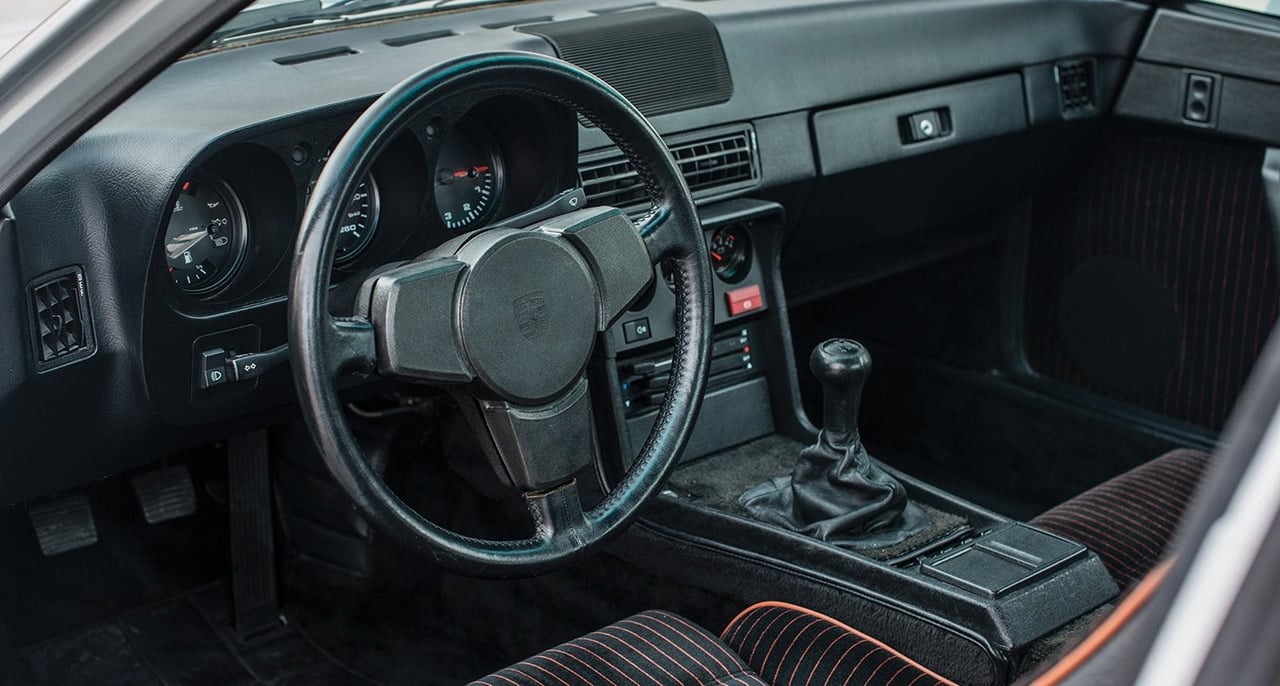
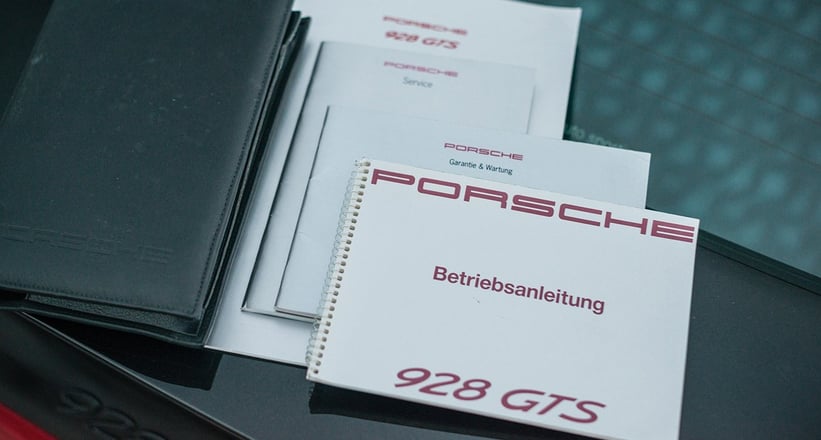
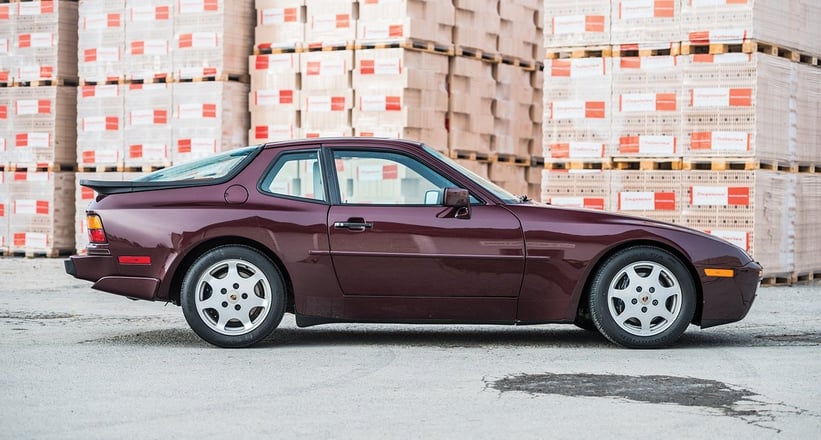
Don’t be fooled: these are great cars that offer a lot of performance and pure driving characteristics but which are still affordable and positively cheap compared to other Porsche models from the same era. My list of ‘ones to watch’ would feature the first-year 924 and 944, the Carrera GT, all the limited-edition models, such as the 944 Team Rothmans, and the late 928s, particularly the manual-gearbox GTS.
Next week, RM Sotheby’s will offer four exceptional transaxle Porsches at its Amelia Island sale, including a 944 Turbo S in a stunning maroon-over-beige colour combination. All in exceptional condition and boasting excellent histories, the cars’ estimates range from 30,000 to 50,000 US dollars. Finding four such cars in desirable colour schemes and good condition in one place is rare, and if savvy car collectors have their radars switched on, all of the Porsches should sell well and give their new owners a lot of enjoyment and pleasure. You could, of course, buy all four in one go and immediately form the makings of a solid collection.

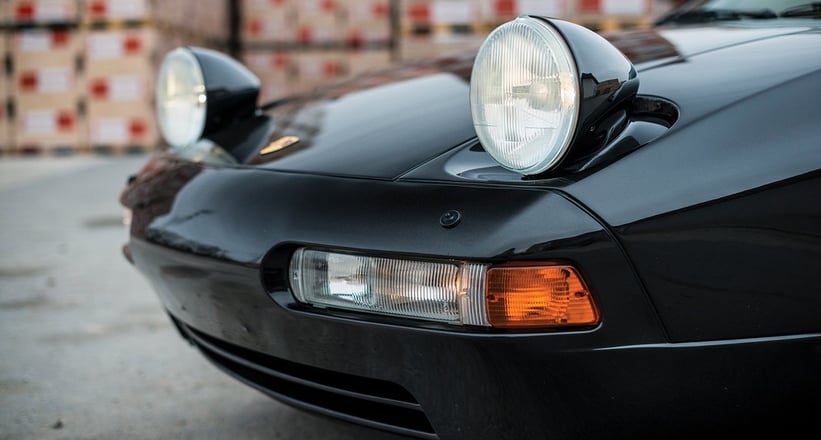
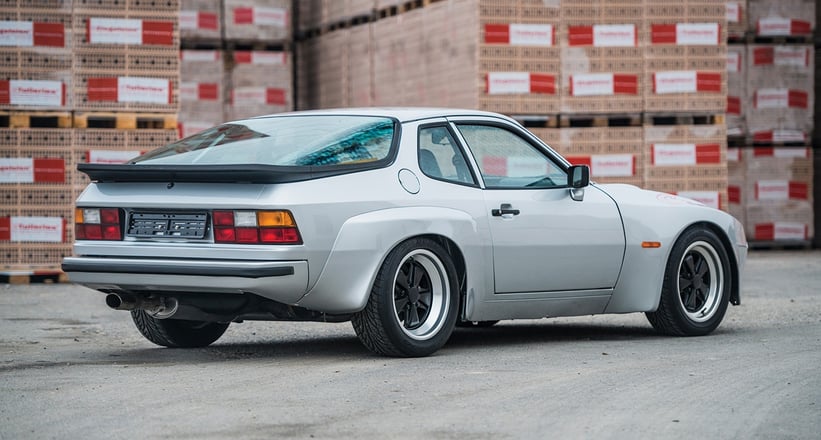
Sure, the transaxle Porsches are affordable at the moment, but collectors are slowly waking up to these cars. I recently visited a collector on the Continent, and he has already added around 60 transaxle cars to his already considerable stable of Porsches. If you’re thinking about investing now, I wouldn’t wait for fear of missing the boat. Okay, so prices might not rise to the same extent we’ve witnessed for other models and makes in recent years, but they remain undervalued and I think prices can only go one way.
Text: Andy Prill / Photos: Rémi Dargegen for RM Sotheby’s © 2017






































